A clear liquid diet is often prescribed to individuals who are preparing for medical procedures, recovering from surgery, or experiencing digestive difficulties. This type of diet consists of only transparent fluids and foods that transform into a liquid once they reach room temperature. The goal of a clear liquid diet is to let the digestive system rest while still providing hydration and electrolytes.
Some examples of suitable clear liquids include water, clear fruit juices, tea, and clear sodas. When it comes to soups on such a diet, the selection mostly consists of fat-free broths such as vegetable, chicken, or beef broth. These broths provide essential nutrients and are easy on the stomach, making them the go-to option for individuals following a clear liquid diet. However, it is crucial to avoid soups with solid ingredients, such as noodles or vegetables, as these may hinder the effectiveness of the diet and aggravate any existing digestive issues.
Reader's Roadmap
Understanding Clear Liquid Diet
A clear liquid diet is a type of diet consisting of only foods or beverages that are transparent. It is generally prescribed for patients before or after surgery, during colonoscopy preparation, or to address severe gastrointestinal distress1. The primary purpose of this diet is to provide necessary fluids, salts, and minerals while reducing the strain on the patient’s digestive system.
Foods and beverages included in a clear liquid diet are water, plain carbonated drinks, fruit juices without pulp, sports drinks, tea or coffee without milk or cream, and gelatin without fruit. When adhering to this diet, it is essential to avoid any food or drink containing milk, cream, pulp, or solid food particles.
Clear liquid diets often lack essential nutrients and calories, making them unsuitable for long-term use. They are intended as a temporary measure for specific medical situations where the patient must limit their food intake, allowing the digestive system to rest and prepare for surgery or other procedures.
One of the challenges of a clear liquid diet is finding foods to keep the patient satiated. Soups are an excellent option for incorporating flavor while adhering to this diet. Clear soups, such as broths made from chicken, beef, or vegetables, can be consumed as long as they are transparent and do not contain solid particles. These broths provide the necessary sodium and nutrients without compromising the diet requirements.
In addition to clear broths, fish broth soups made from fish bones and clear vegetable soups prepared from boiled vegetables and clear broth can also be included in a clear liquid diet. Such soups are flavorful and nutritious, contributing to variety and satisfaction during the restrictive diet period. To manage sodium intake, use low-sodium broth when preparing these soups.
While a clear liquid diet may be beneficial in specific medical situations, it is crucial to remember that it should be followed only under a healthcare professional’s supervision. Prolonged adherence to this diet may lead to malnutrition due to the lack of vital nutrients and calories. When followed correctly, a clear liquid diet can promote the healing process and serve as a temporary solution for certain medical conditions.
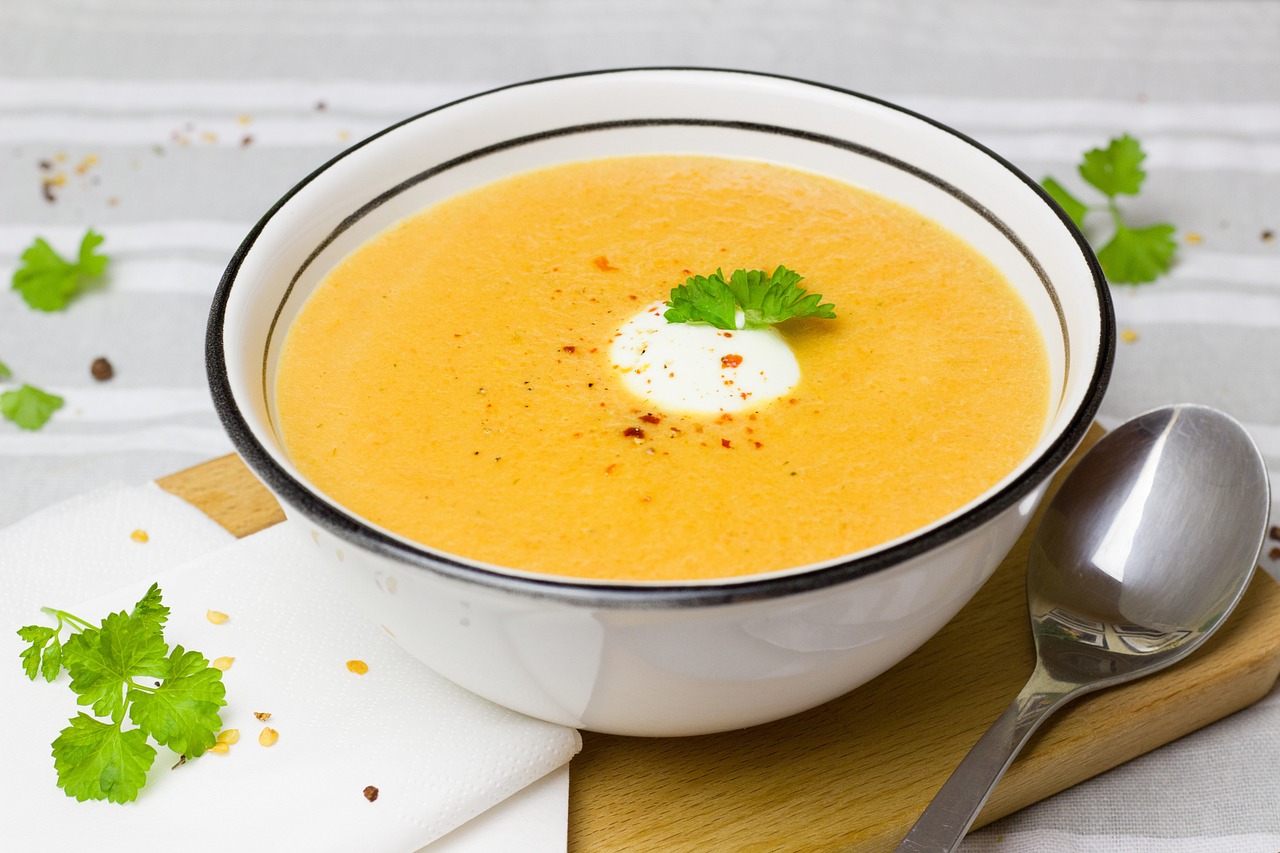
Benefits of Clear Liquid Diet
A clear liquid diet offers several advantages for individuals who need to prioritize their digestive health. One of the primary benefits is its gentleness on the digestive tract, making it the perfect choice for those recovering from surgery or experiencing stomach issues.
The simplicity of clear liquids allows the stomach to process the nutrients more quickly and efficiently. This less strenuous digestion process helps minimize discomfort and aids in the recovery process, especially after surgical procedures involving the digestive system.
Another notable advantage of a clear liquid diet is hydration. Consuming clear fluids provides the body with essential electrolytes and hydration, which is crucial for maintaining overall health. Moreover, it allows the body to replenish the lost fluids more quickly, especially after a medical procedure or during times of illness.
The easy-to-digest nature of clear liquids also benefits individuals experiencing digestive problems, such as constipation, diarrhea, or vomiting. Due to their low residue content, these liquids don’t further strain the digestive system, allowing it to rest and recover during difficult times.
Incorporating soups and broths in a clear liquid diet can provide essential nutrients and help manage hunger and fatigue. Consuming clear broths made from vegetables, chicken, or beef ensures that patients receive a balanced intake of necessary vitamins and minerals while being gentle on their digestive system.
In conclusion, a clear liquid diet is a helpful tool in managing various health conditions that affect the digestive system. It is essential to consult a healthcare professional before implementing this diet and ensure that the chosen clear liquids provide adequate nutrition and hydration.
Common Foods in Clear Liquid Diet
Broths and Soups
Clear liquid diets often include clear broths and soups, such as chicken, beef, and vegetable broths. These broths are low in calories and provide some nutrients, such as protein and minerals like calcium and magnesium. Clear soups like miso are generally not included due to their cloudy appearance. Bone broth is also an option, but it must be strained to be clear.
Beverages
Approved beverages for a clear liquid diet include water, tea, coffee, sports drinks, and carbonated drinks. Juices without pulp, such as clear apple or white grape juice, are also allowed. Drinks like black coffee without any milk, cream, or non-dairy creamer are permitted.
Sweets and Desserts
Sweets and desserts on a clear liquid diet are typically limited to items like sugar, honey, plain gelatin, jello, and frozen treats like popsicles or ice pops. Hard candies, like lemon drops and peppermint rounds, are allowed as long as they do not have any added fruit or nuts.
Effects on Medical Conditions
Clear liquid diets may be prescribed for individuals with medical conditions such as diarrhea, vomiting, diverticulitis, or for those undergoing surgery or medical procedures. The goal is to provide hydration and some nutrition while minimizing stress on the digestive system.
Adapting Clear Liquid Diet for Specific Needs
People with specific needs, such as diabetes, should monitor their blood sugar levels closely when on a clear liquid diet. Healthcare providers may recommend a modified version of the diet to ensure appropriate nutrient intake. For instance, individuals who require more protein or calories may be encouraged to add dietary supplements, like nutritional shakes or powders, to their clear liquid diet.
Precautions Before Adopting Clear Liquid Diet
It is crucial to consult with a healthcare provider before starting a clear liquid diet. They can provide medical guidance on the suitability and duration of the diet based on individual needs. Some people may be advised to transition to a full liquid diet, which includes other liquids like milk alternatives that can help meet nutritional requirements.
Outro
A clear liquid diet is primarily used for medical purposes and should be adhered to as directed by a healthcare professional. Being aware of the approved foods and beverages, potential effects on medical conditions, and necessary adaptations can make it easier for individuals to follow this diet while meeting their nutritional needs.

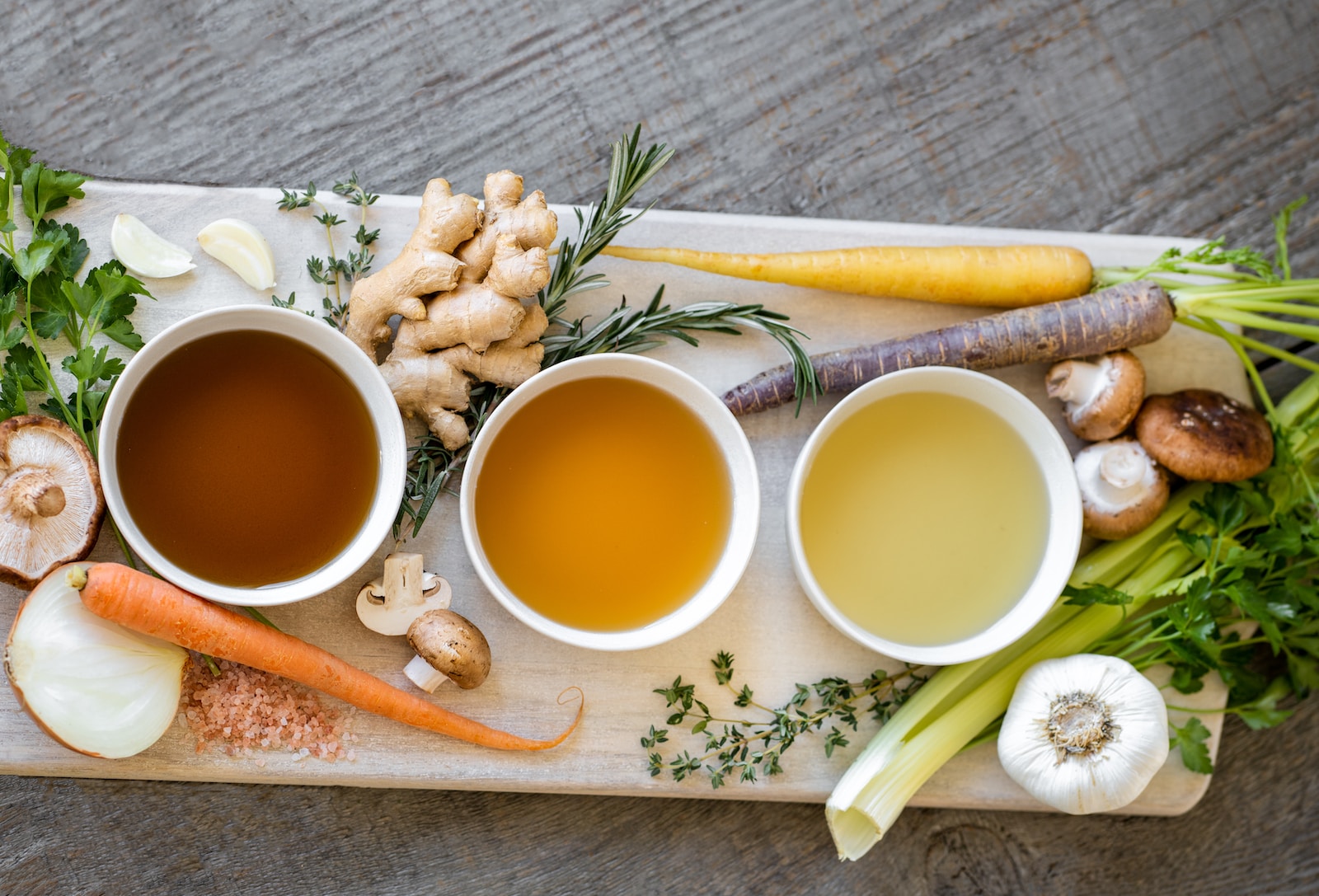
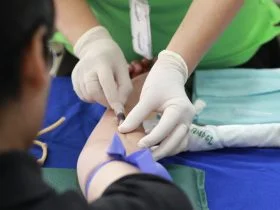
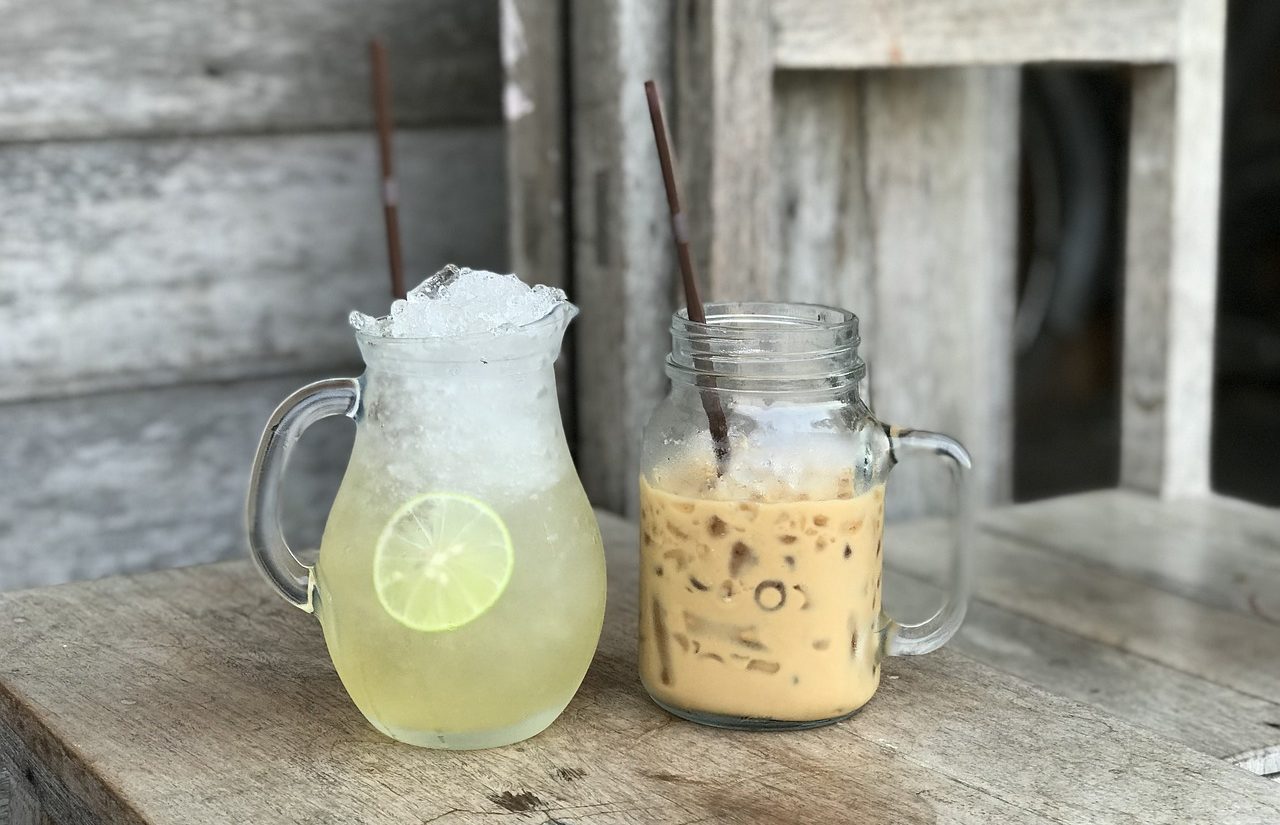
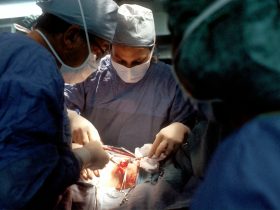



Leave a Reply
View Comments